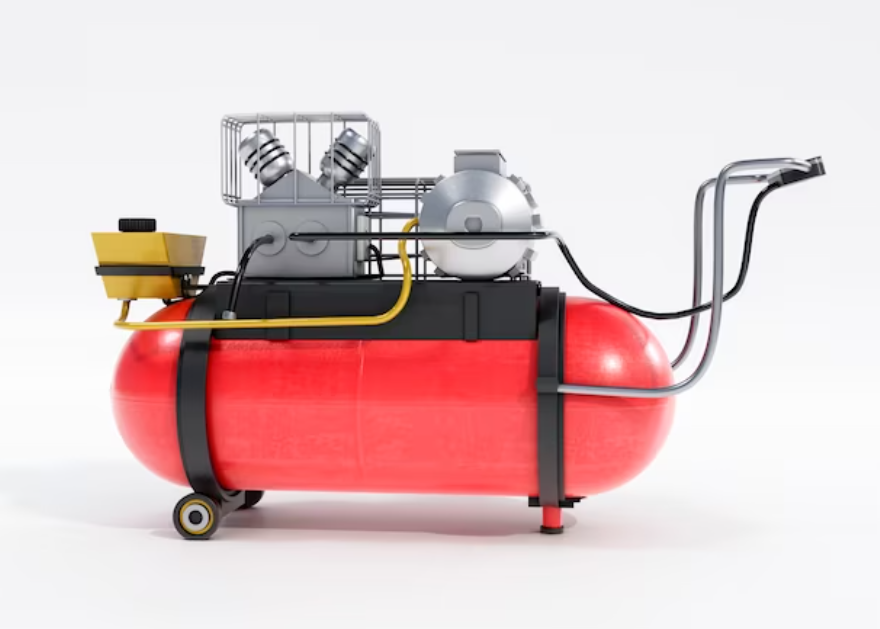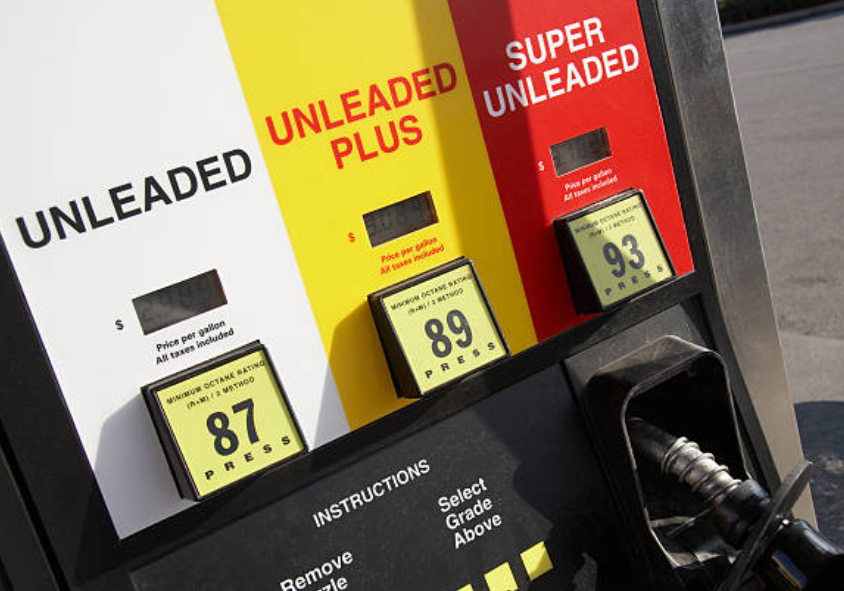What Are Center-Lock Wheels?
Wheels are a vehicle's most important component, providing both elegance and utility. As a result of ongoing developments in wheel technology, numerous wheel systems with unique benefits and characteristics have been developed. The center-lock wheel is one of these inventions; it is praised in the automotive industry for its streamlined appearance and performance-oriented features. This blog post explores the world of center-lock wheels, including their history, installation, use in different vehicle types, and functionality.

What Is The Center-Lock Wheel's Point?
Center-lock wheels pivot on the premise of minimizing rotational mass by employing a single center-mounted lug nut, contrasting with multiple lug nuts circulating around the wheel's center. Yet, this singular nut setup necessitates reinforced security measures to ensure stability, potentially offsetting the weight reduction benefits initially touted. Primarily designed for swift tire swaps on race tracks, center-lock wheels enable rapid changes akin to the lightning-fast maneuvers of pit crews.

Although not originally conceived for racing, the evolution of race technology has propelled the utilization of center-locking wheels across various racing platforms, including F1, sports car racing, and even NASCAR as of 2022. While some road cars feature center-lock wheels for aesthetic appeal, their tangible performance enhancements may be limited, often serving as a symbolic inclusion rather than a substantial performance boost.
The genesis of center-lock wheels traces back to the early days of automotive racing, where the imperative for expediting tire changes during pit stops spurred innovative solutions. One notable precursor lies in the iconic Auto Union racing cars of the 1930s, which pioneered a central locking mechanism to facilitate rapid tire replacements mid-race. Since then, center-lock wheels have become synonymous with motorsports, adorning the wheels of Formula 1 cars, endurance racers, and high-performance sports cars, embodying the relentless pursuit of efficiency and performance.
The removal of center-lock wheels entails swift and forceful maneuvers. Early iterations of these wheels, colloquially termed "knock-offs," required a gentle hammer tap for tightening or loosening. Modern versions, featuring hex-shaped configurations, necessitate the use of an impact wrench, colloquially known as a "wheel gun" in racing circles. This tool, emitting distinctive zip-zip sounds, exerts precise force to tighten or loosen the nut, ensuring secure wheel attachment. Alternatively, a long-handled torque wrench provides a less dramatic yet effective means of manipulation.

Many high-end sports vehicles and supercars have center-locking wheels, which perfectly captures their role as status symbols for both performance and luxury. Center-lock wheels are incorporated into the flagship models of high-end automakers like Ferrari, Porsche, and Lamborghini, which include the Ferrari F40, Porsche Carrera GT, and Lamborghini Huracán. Furthermore, well-known industry personalities like Christian Von Koenigsegg enthusiastically support center-lock wheels, which further solidifies their reputation and appeal in the automobile world.

Converting a standard vehicle to center-lock wheels entails more than a mere wheel and hub swap, requiring specific mounting points and a distinct locking mechanism. This complex and costly process may not justify the investment for everyday street driving, especially considering the limited tangible benefits for non-performance-oriented applications. However, for enthusiasts seeking to optimize track performance or showcase a distinctive aesthetic, the conversion to center-lock wheels presents an enticing prospect worth considering.
Familiarize yourself with essential center-lock wheel terminology to navigate this specialized realm effectively:

- 4/5/6-Lug Wheels: Common wheel configurations featuring traditional lug patterns.
- Center-lock Adapter: Facilitates the conversion of hubs from traditional lug nut fastening to center-lock compatibility.
- Hex Nut: The singular nut securing a center-lock wheel to the hub.
- Hub: The pivotal component facilitating wheel attachment to the vehicle.
- Impact/Torque Wrench: Essential tools for swiftly manipulating center-lock wheels.
- Knock-Off: Early center-lock wheel iterations featuring a central bolt and hammer tapping.
- Lug: fastening component securing the wheel to the vehicle.
1. Are center-lock wheels exclusive to racing cars?
Center-lock wheels, while prevalent in racing, are also offered as options for high-performance street cars by several manufacturers.
2. Are center-lock wheels more secure than lug-nut wheels?
When appropriately installed and torqued, center-lock wheels offer comparable security to lug-nut wheels, albeit requiring specialized tools for removal.
3. Can I install center-lock wheels on any car?
Converting a car to center-lock wheels necessitates specific mounting points and potential modifications, rendering it impractical for most street cars.
Center-lock wheels combine functionality, performance, and aesthetic appeal, making them the pinnacle of vehicle engineering. These wheels, whose incomparable engineering and long heritage originated in motorsports, have captured the attention of drivers and aficionados alike since they were introduced into production vehicles. The fact that high-performance cars have center-lock wheels highlights their technological brilliance and timeless appeal, even though they are not always practical. Center-lock wheels represent flawless engineering and unwavering performance, enhancing the driving experience both on and off the track.
Click on the following link to read another blog post: Summer Tires vs All-Season Tires: Which Should You Choose?













